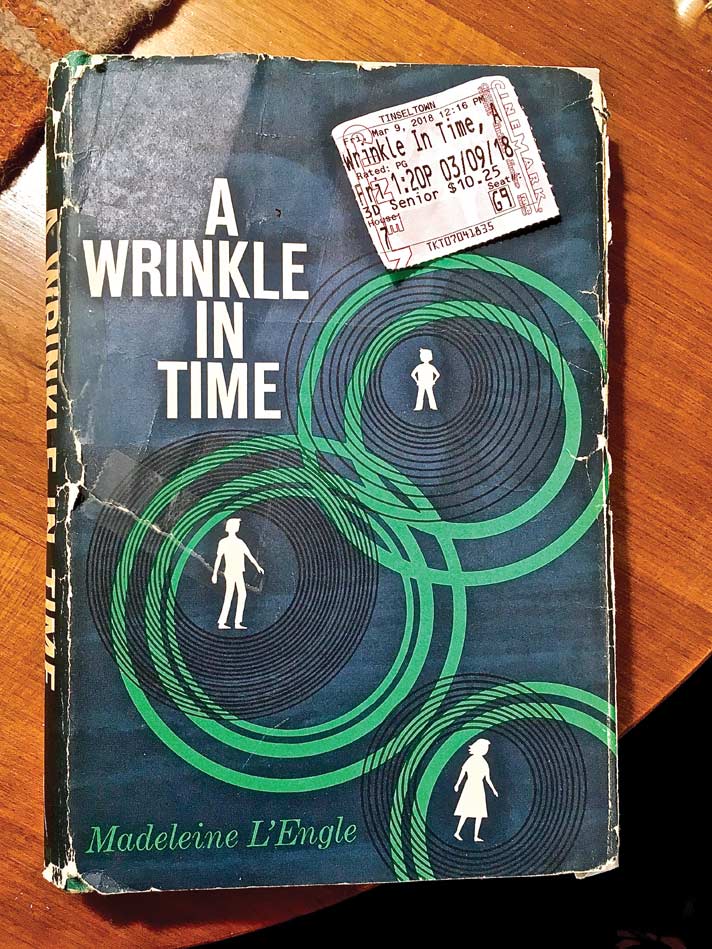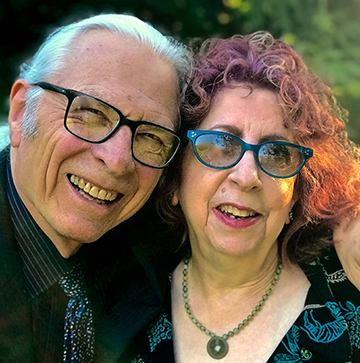The Unfettered Critic – April 2018
A Wrinkle in Time, Madeleine L’Engle’s award-winning 1962 novel, is beloved by generations of readers. It is “science fantasy”—too fanciful to be considered science fiction, but brimming with science-y theories on traveling through space without a spaceship. And, as with the most memorable children’s tales, it stresses the power of love, as both a treasure to nurture and as a restorative to heal a threatened universe.
Now A Wrinkle in Time is a motion picture—a glitzy production that reportedly cost upwards of $100 million. So why no movie until now? Hollywood couldn’t figure out how to translate this tale into an enthralling cinematic event. That’s understandable—how do you even begin to portray a tesseract? (If you’re not familiar with the term, Google it.) Given today’s sophisticated computer graphics capabilities, the folks at Disney decided that the time had come. They were right about the timing. As for other decisions—not so much.
An enthusiastic Oprah Winfrey agreed to appear in the movie as Mrs. Which, one of the book’s three celestial spirits, along with Reese Witherspoon (Mrs. Whatsit) and Mindy Kaling (Mrs. Who). That may be where the production’s troubles began. L’Engles’s literary Mrs. Whatsit resembles a frumpy tramp, while Mrs. Who is described as “a plump little woman.” Mrs. Which begins the tale as “little more than a shimmer.” But someone with the production—perhaps the creative behind-the-scenes folks, or the director, or the actresses themselves—decided to transform the spirits into Disney princesses. They’re spectacularly gorgeous, in glittery makeup and overblown fashion attire. Their frequent close-ups are painfully evocative of a misbegotten Maybelline commercial.
The book A Wrinkle in Time is, above all, emotionally powerful. It focuses on Meg Murray (Storm Reid), an insecure teenage girl whose life falls apart when her scientist father (Chris Pine) disappears. Her anger and pain are palpable to readers, and young Reid conveys that well. We fear for her when Meg learns she must confront the dark, insidious presence known as IT that is polluting the universe with hatred and evil. But there’s no way for her to avoid the confrontation because—spoiler alert—IT has imprisoned Dr. Murray on the distant planet of Camazotz! Things become bleaker when IT hijacks the mind of Meg’s beloved little brother, Charles Wallace (Deric McCabe).
Unfortunately, it seems the filmmakers were afraid to make us really afraid. They included scenes demonstrating IT’s iron grip on Camazotz’s inhabitants, but they left out a pertinently creepy scene regarding IT’s punishment of a child who isn’t “perfect.” In the book, Meg’s interactions with body-snatched Charles Wallace chill the reader, but his film counterpart acts more like a bratty five-year-old than the horrible mini-Fascist of L’Engle’s novel. More problematic: many of the travails that shape Meg’s growth over her journey are ignored in the screenplay.
The film is at its best when it deals with the human characters as they relate to one another: Meg’s interactions with her mother, with her brother, and with their friend Calvin (Levi Miller). The sequence where Meg at last tearfully embraces her father is genuinely moving, thanks to the acting skills of Reid and Pine.
But those emotional highs aren’t enough to forgive the lack of the science-y stuff that demonstrates Meg’s intelligence, or the dialogue delivered by the three Mrs. W’s, which, unfortunately, hits the ear as flat. Perhaps if more time had been spent on the script and less on the makeup…
A Wrinkle in Time remains a tale worth telling. For the uninitiated attracted by the movie’s promotion efforts, a word of advice: read the book!

 Paula and Terry identify as writers, with an ever-increasing number of published works to support the supposition. They live a primarily pastoral life in the enchanted town of Jacksonville.
Paula and Terry identify as writers, with an ever-increasing number of published works to support the supposition. They live a primarily pastoral life in the enchanted town of Jacksonville.